Decorative stone column covers are a popular architectural feature in modern construction, often used to enhance aesthetic appeal and convey a sense of durability and timelessness. While these elements can significantly boost the visual impact of a building, they also present several challenges and limitations that can affect both the practical and aesthetic longevity of architectural designs. That’s why many have chosen to use our architectural EPS products in place of decorative stone, as it addresses many of the following limitations.
Structural and Installation Issues
Perhaps the greatest challenges of using stone come during installation. The installation of stone column covers involves considerable technical challenges, which can lead to structural issues if not properly managed:
- Weight Constraints – Stone column covers are significantly heavier than many modern materials, which can impose structural loads that necessitate reinforced frameworks, potentially increasing construction costs and complexity. Typically, entire teams are needed to install this type of stone, compared to architectural EPS which often requires only a single laborer and no machinery.
- Complex Installation – Fitting stone covers requires precision and expertise, as improper installation can lead to misalignments, gaps, and potential structural failures. The need for skilled labor and careful handling during installation adds to project expenses and timelines.
Contractors and architects often struggle with using architectural stone for any project, including column covers, as the costs frequently outweigh the benefits.
Durability and Maintenance Challenges
While stone is celebrated for its durability, decorative stone column covers come with their own set of maintenance challenges that can undermine this advantage:
- Weathering and Erosion – Environmental factors such as acid rain, pollution, and freeze-thaw cycles can degrade stone materials over time, leading to surface wear and structural weakness.
- Color Fading and Staining – Natural stone can be susceptible to color changes due to prolonged exposure to sunlight and environmental contaminants, while staining from water runoff and biological growth (like moss and lichen) can mar the appearance of the stone.
- Repair – Repair can be very difficult on architectural stone. While the stone is hard, if it cracks or breaks, it typically does so at a large scale and in ways that require significant expense to repair.
Stone can also be harder to clean, and it tends to attract pests more than other types of products. Overall, durability and maintenance can be a concern.
Economic Considerations
The economic implications of using decorative stone column covers also plays a role. There is a reason that it is often not feasible for most projects, from upscale commercial properties to smaller residential options.
- High Initial Costs – The procurement, transportation, and installation of natural stone are typically more expensive than those of more contemporary materials like composites or prefabricated panels.
- Long-term Maintenance Costs – Maintaining stone to preserve its aesthetic and structural integrity involves ongoing costs, including cleaning, sealing, and occasional repairs or replacements of damaged sections.
Even in situations where there is budget there for stone, alternative options tend to make more sense financially.
Environmental Impact
The use of natural stone also has environmental considerations that might not align with the sustainable practices increasingly favored in modern architecture:
- Resource Intensive – Quarrying and processing stone are energy-intensive processes that also result in significant landscape alteration and potential habitat destruction.
- Carbon Footprint – The transportation of heavy stone materials over long distances contributes to carbon emissions, complicating efforts toward achieving carbon neutrality in construction projects.
Stone is beautiful. But it is not ideal for many projects, especially when there are better alternative choices available that are also easily accessible.
While decorative stone column covers offer undeniable aesthetic value and a sense of permanence, their application in modern architecture comes with several significant weaknesses. These include aesthetic limitations, durability concerns, structural challenges, economic burdens, and environmental impacts. Architects and builders must weigh these factors carefully against the desired outcomes of their projects, considering alternative materials or innovative designs that mitigate these drawbacks while still achieving a high-quality, durable, and visually appealing result.
For more information about our alternative to stone columns, contact Patterson Whittaker Architectural Profiles, today.

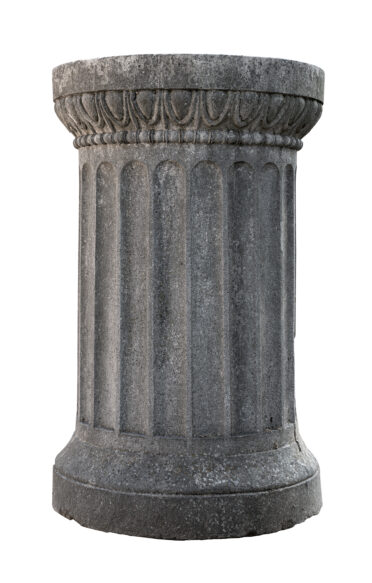
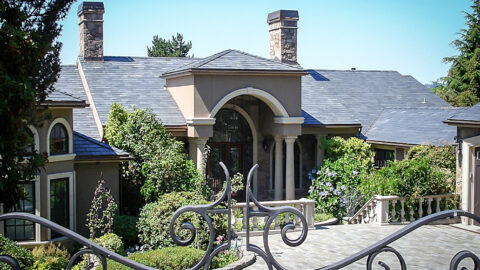
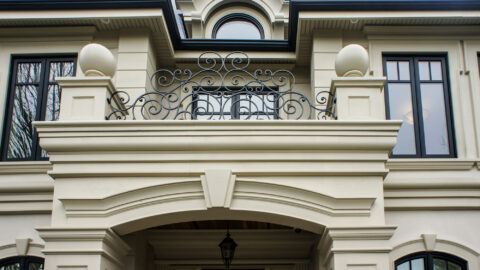
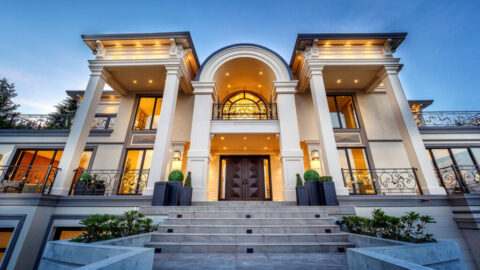
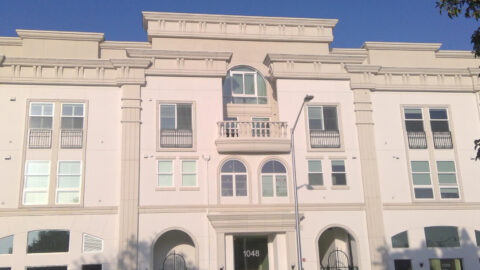
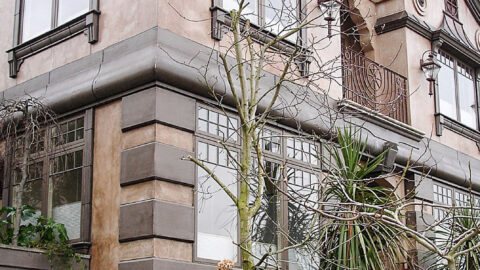
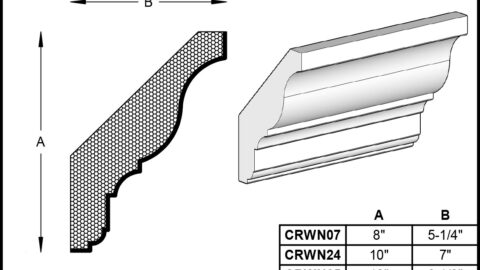
Recent Comments